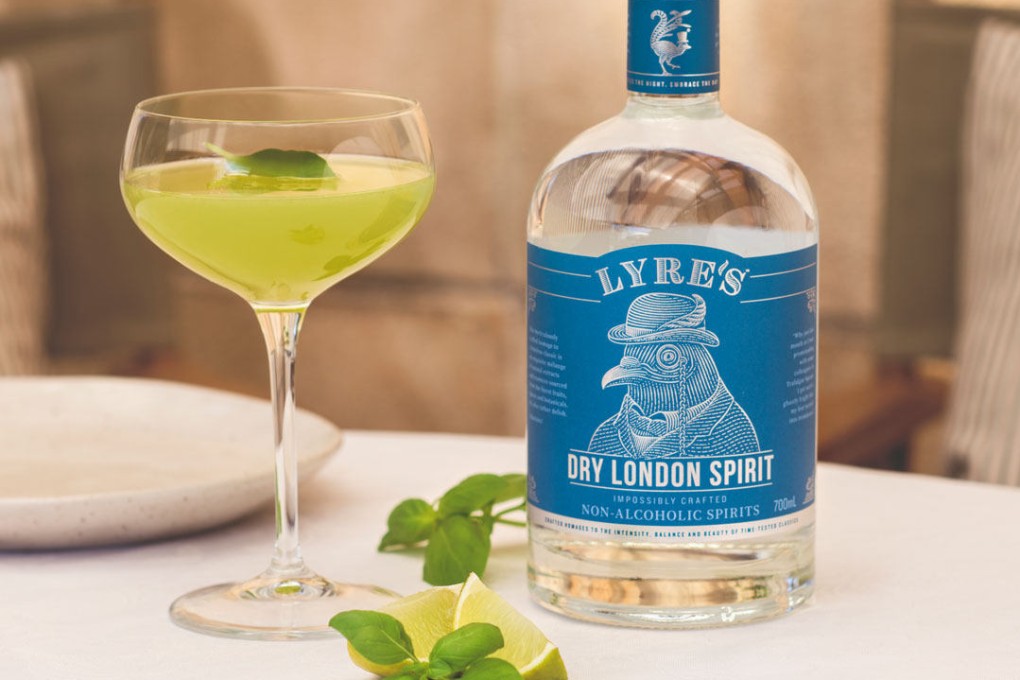Alcohol-free beer, wine, spirits that taste like the real thing are changing drinking culture – but how hard is it to replicate the original?
- As more health-conscious drinkers go alcohol-free, companies are making ever more convincing non-alcoholic beers, wines, and spirits from whisky to tequila
- But replicating the taste of some drinks is hard, especially wine, where removing the alcohol detracts from the body and flavour. There’s still work to be done

With more consumers opting to go alcohol-free, what does it take for companies to nail that true-to-taste non-alcoholic drink?
Sydney-based Alexandria Brock decided to go dry in 2019 after her “very boozy wedding and honeymoon”.
Having worked as a bartender for a decade at watering holes in the Australian metropolis like The Clock Hotel, Paddo Inn and the Bowral Hotel, Brock recalls that, at first, the thought of life without cocktails was daunting.
“For the first few months of my sobriety, I didn’t mind soda water and Diet Coke,” she says. “But that became boring and people notice and ask questions when you’re not drinking alcohol – so today, quality alternative drinks mean everything.”

Current trends and statistics suggest that Brock is right. During the coronavirus pandemic, nearly 30 per cent of 16- to 24-year-olds surveyed in Britain declared that they no longer drink alcohol.